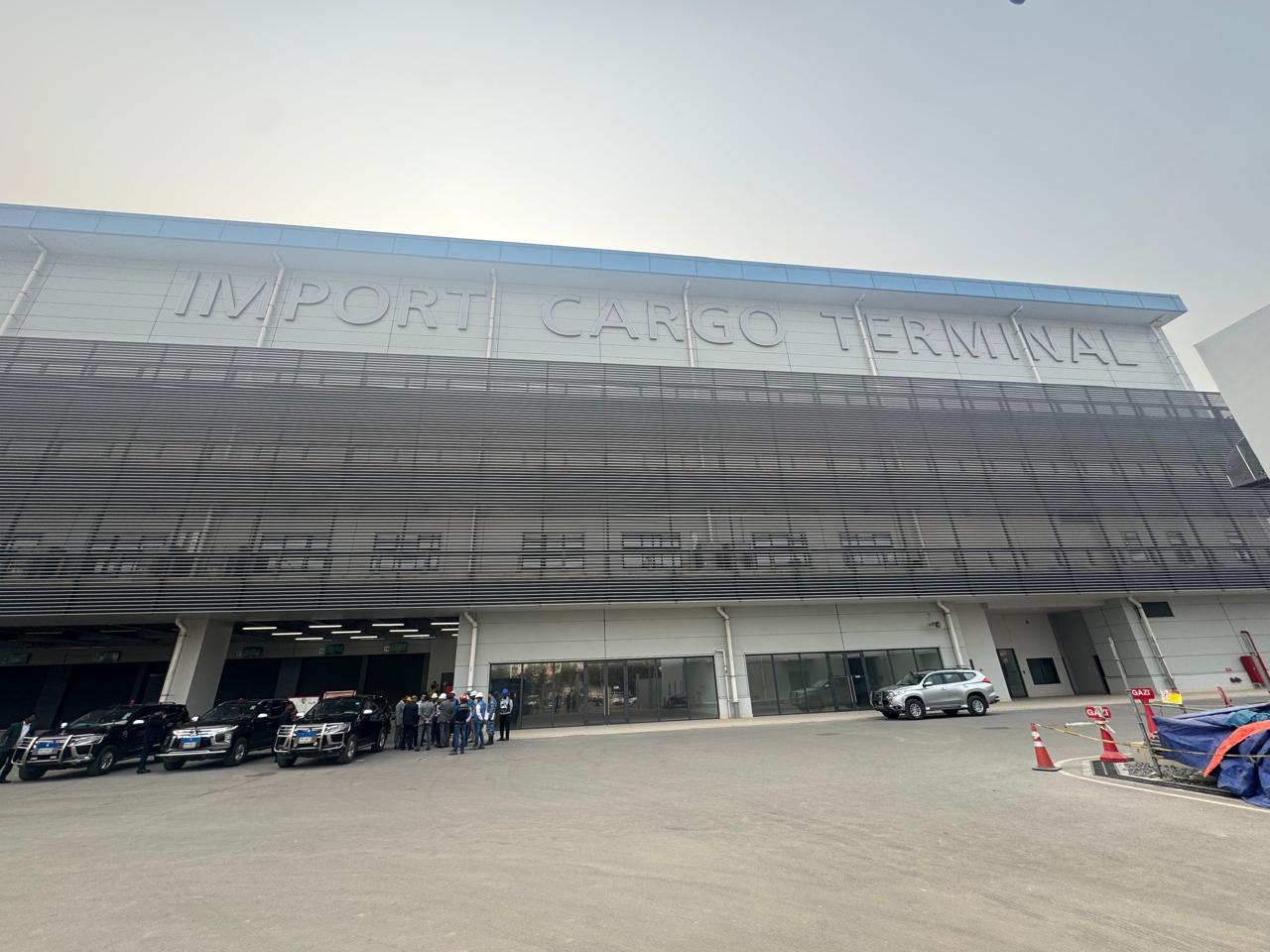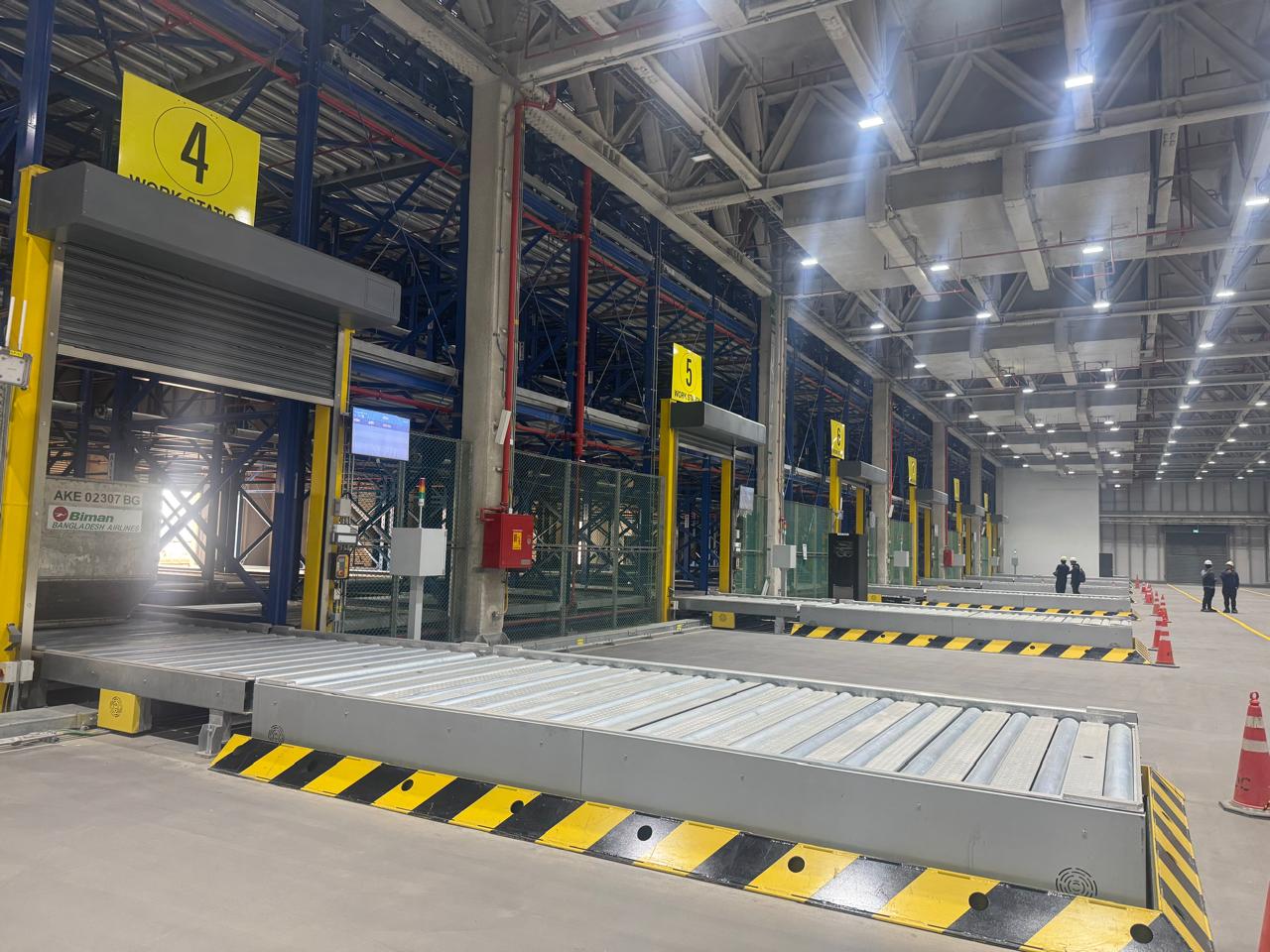News Flash
News Flash

DHAKA, Jan 13, 2025 (BSS) – The Civil Aviation Authority of Bangladesh (CAAB) has been working to take over the newly built automated cargo terminal at Hazrat Shahjalal International Airport (HSIA) from the contractor, with plans to make it operational within this year.
“We are working to take over the terminal from the contractor as soon as possible,” CAAB Chairman Air Vice Marshal Md Monjur Kabir Bhuiyan told BSS today during a visit to the import cargo terminal at HSIA, which is part of the airport’s third terminal project.
The chairman noted that CAAB is currently assessing whether the terminal’s design requires any modifications to align with the needs of airlines and customs authorities.

He further stated that CAAB will conduct a joint inspection with all stakeholders before officially taking over the terminal from the contractor.
CAAB member (Operations and Planning) Air Commodore Abu Sayeed Mehboob Khan and member (Security) Air Commodore Mohammad Nayeemuzzaman Khan, along with officials from customs and the contractor accompanied the chairman during the visit.
Currently, the existing import cargo facilities at HSIA encompass 13,700 square meters across Terminals 1 and 2, with a handling capacity of 84,379 tonnes of imported goods annually.
The new import cargo terminal will add 27,000 square meters of space, increasing the total import cargo handling capacity to 3.58 lakh tonnes annually - a fourfold increase from the current capacity.
Similarly, for export-bound cargoes, Terminals 1 and 2 provide 19,600 square meters of space with a combined annual handling capacity of 2 lakh tonnes.

The new terminal will offer an additional 36,000 square meters for exporters, boosting the total handling capacity to 7.44 lakh tonnes per year—nearly a fourfold increase.
Currently, about 60 percent of all air cargo from Bangladesh is transported via passenger aircraft, with the remaining carried by dedicated cargo flights.
Users have long complained about cargo being left unattended, quality deterioration of goods, and delays in releasing shipments from the existing “tiny” cargo village.
Local exporters and importers are optimistic that these issues will be resolved with the new terminal.
They also expect freight charges to decrease significantly as the expanded capacity will attract more airlines to operate cargo flights, increasing competition and efficiency.